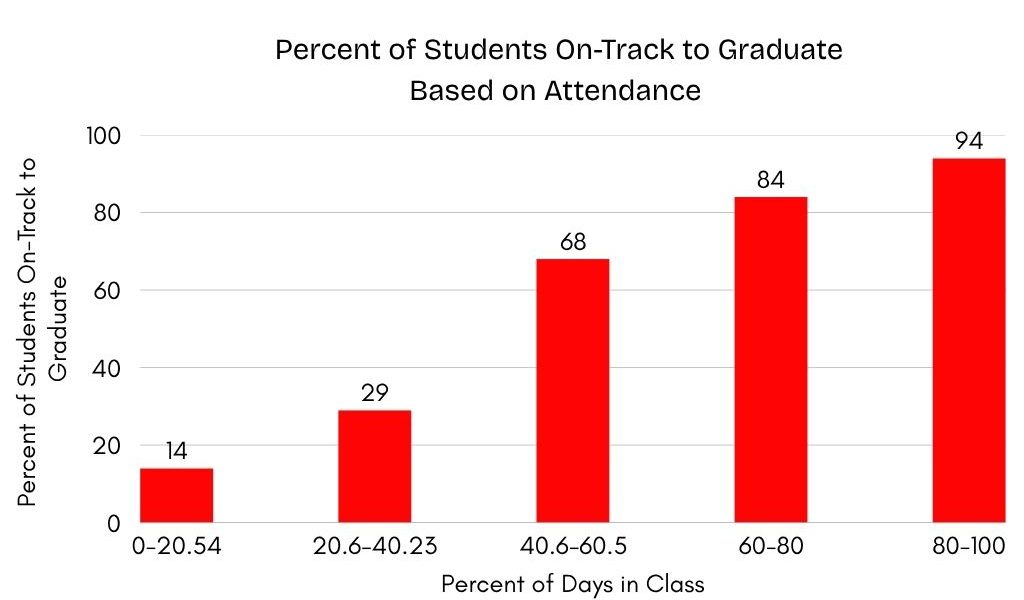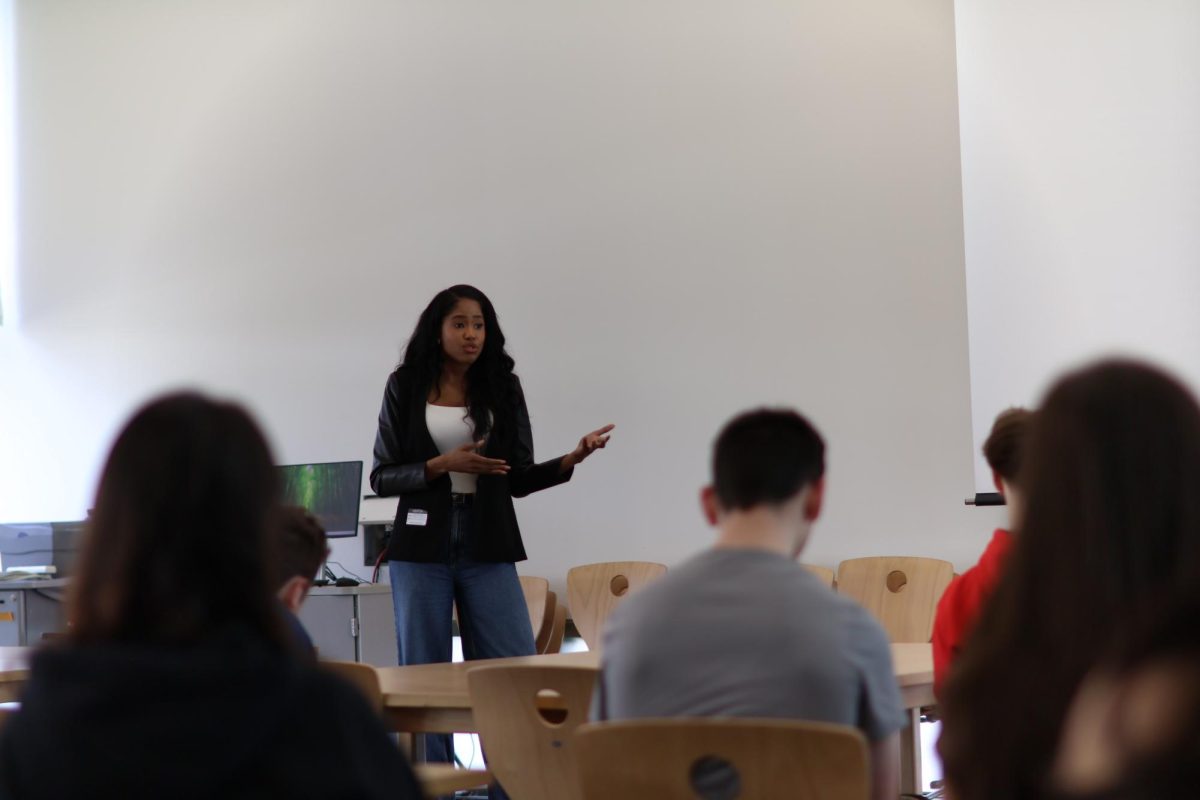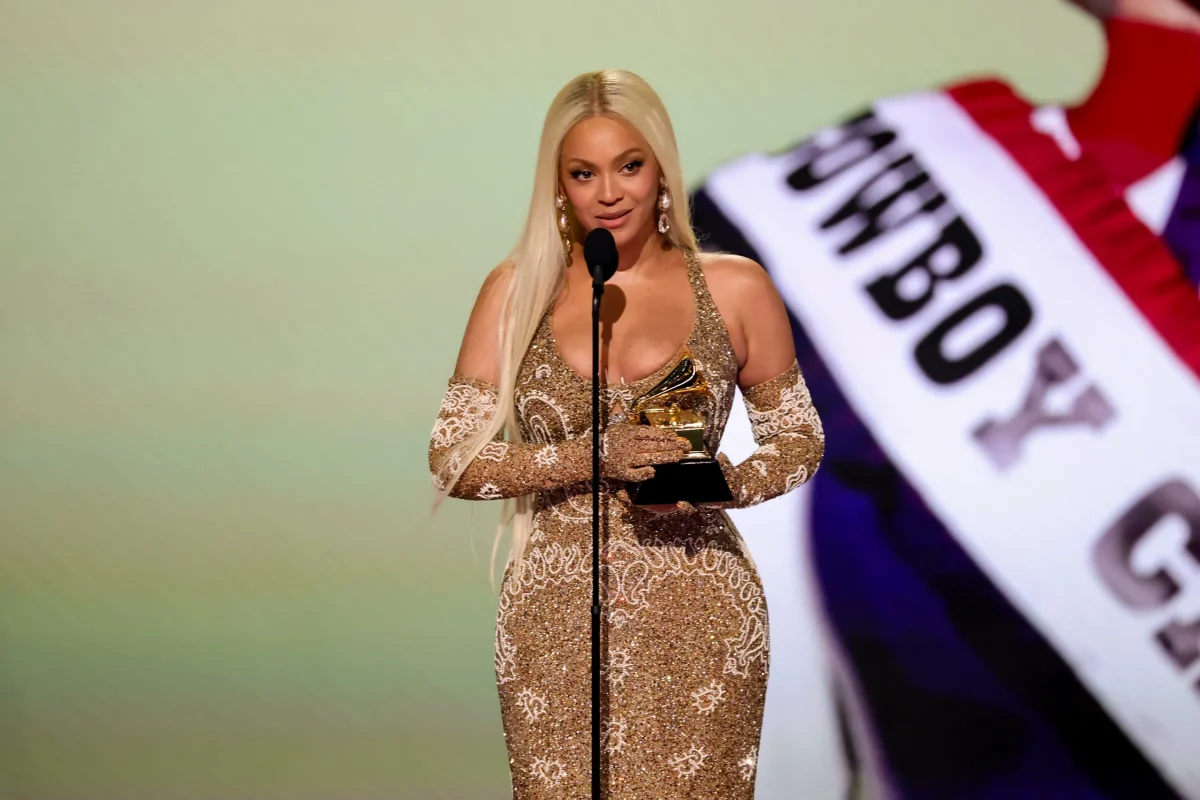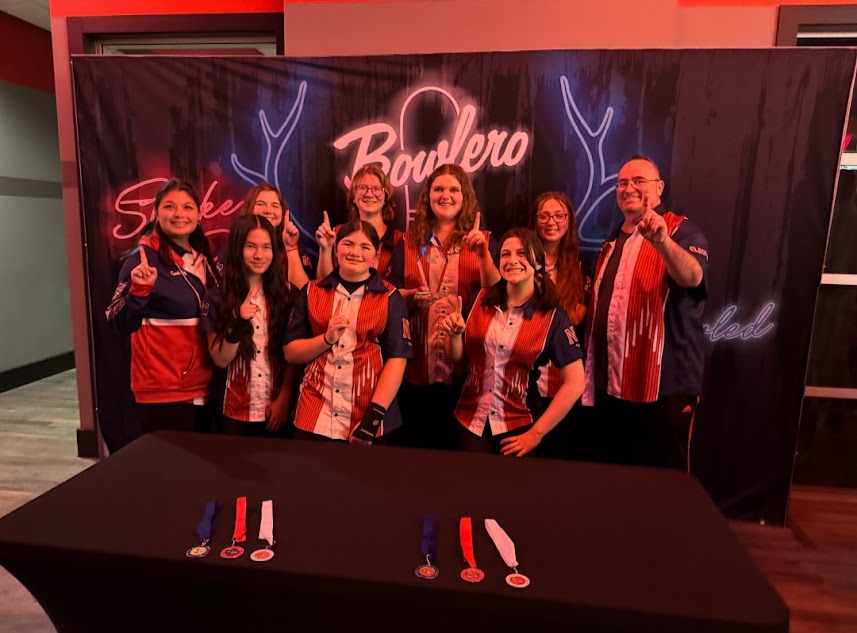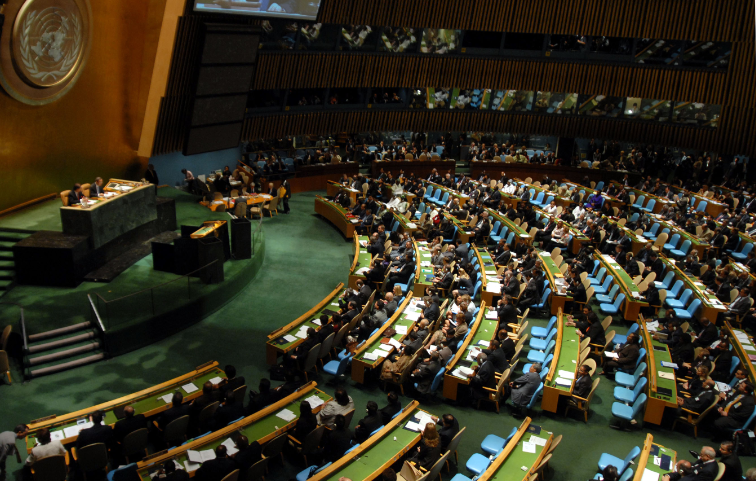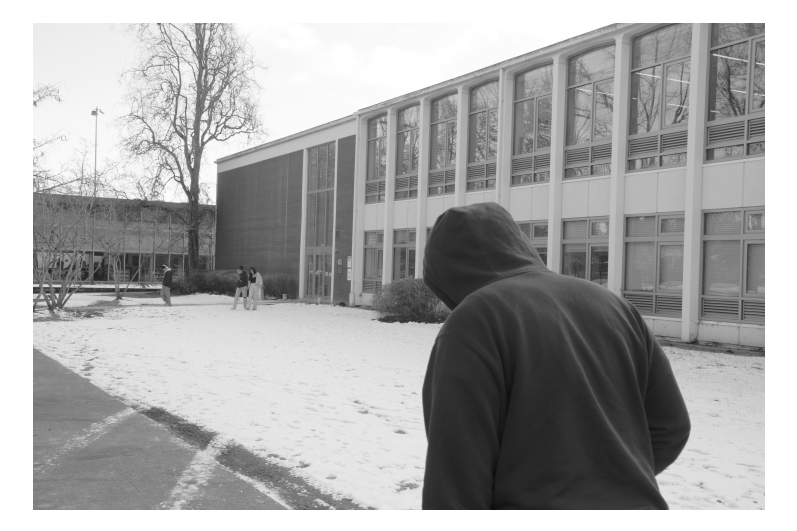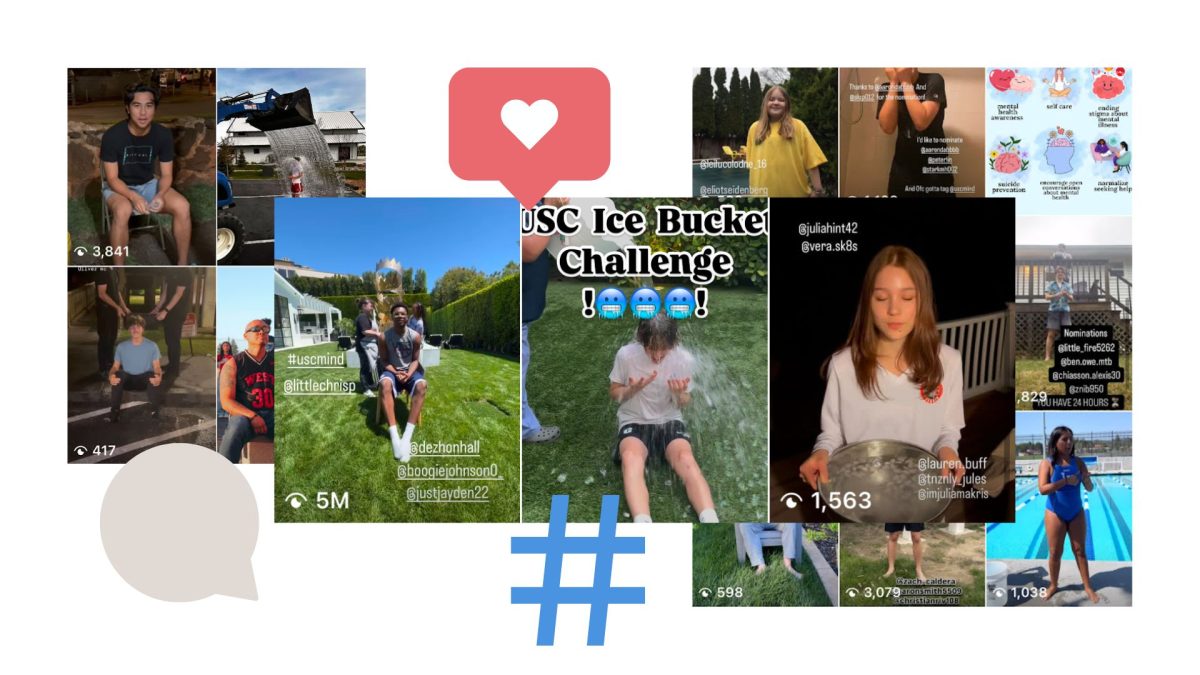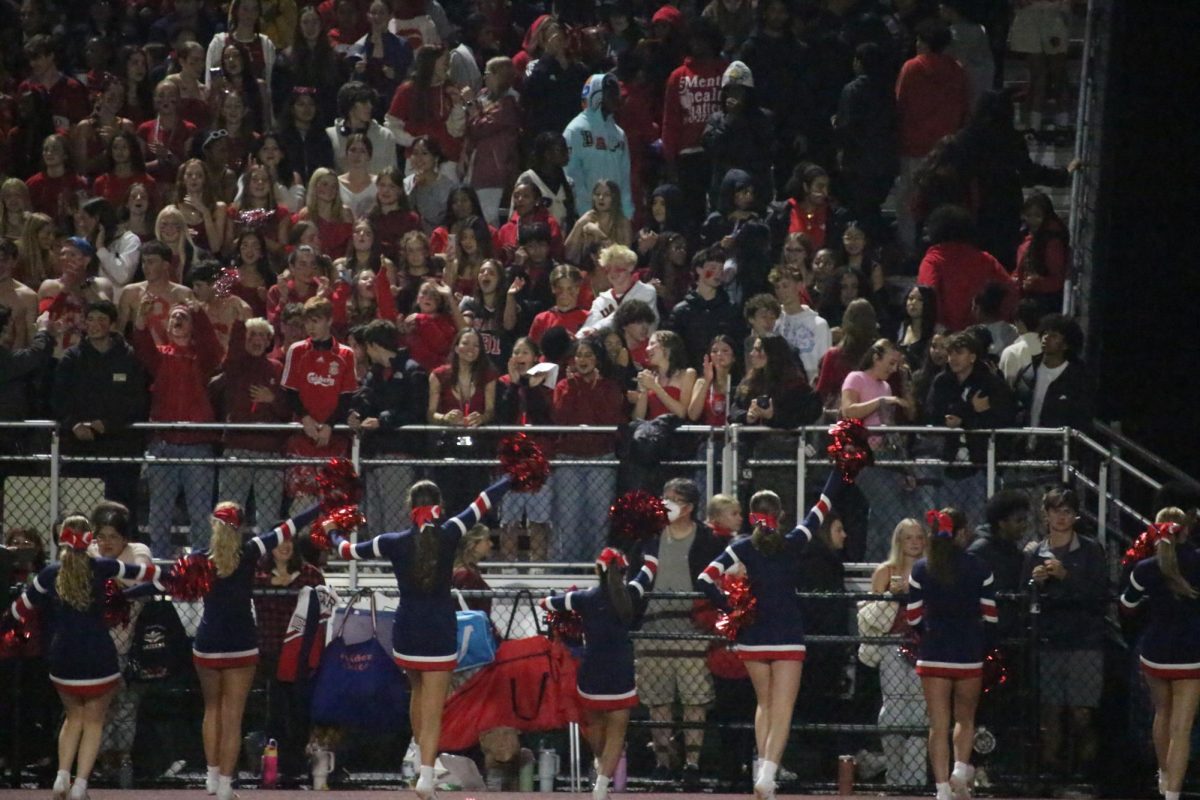It started with one then doubled, quadrupled, continuing to multiply by the dozens.
And in its final form, there was no point in clicking on the rings glowing at the top of our feeds because everytime without fail, it was just another video with a new face—and a less icy bucket of water.
The University of South Carolina Mental Illness Needs Discussion club, dubbed the “USC Speak Your Mind Challenge,” took the internet by storm this past April in their efforts of raising mental health awareness.
They recycled the “ice bucket” method, originally used to raise over 100 million dollars for ALS research in 2014.
The USC MIND was able to reach high altitudes of success, inflating their original goal from a 500-dollar donation to over 300,000 dollars, pooled together by strangers supporting one united cause.
The six digit donation went towards Active Minds, a “national leader for young adult mental health advocacy and suicide prevention,” as described by the organization.
As the “Mind Challenge” launched by USC MIND garnered participation from all corners of the internet, the breadth of the hashtag was blatant, but an authentic support of the movement itself lacked depth.
Every use of the hashtag “uscmind” diluted its weight—with the exponentially increasing number of posts getting people riled up over the anticipation of nomination, rather than harnessing a passion with the potential to make real change.
A survey can’t eminently prove the message lost in translation, but the abundance of posts central to the aspect of nominating rather than the actual cause spoke for itself.
Because even with the easily accessible infographics, hashtags, and hyperlinks, practically every single instagram story was barren of resources regarding the USC MIND—yet packed with the names of mutuals.
Though the mind challenge inevitably fizzled out, following it were a plethora of carbon copies, such as “side shot, nominate six,” or “mirror selfie, nominate six,” and other topics with identical skeletons.
Harmless in nature, they hint at performative motives and stray even further beyond the intentions of change than the mind challenge had.
Instead, they are blatant attempts to prove external validation on social media.
The online Presence of the Mind Challenge held similar parallels to the performative black square trend in 2020 coined “Blackout Tuesday.”
It began with a desire in seeking solidarity and reflection, when people offered words of meaning via Instagram about the murder of George Floyd. His death sparked mass conversation over police brutality and the dire need for a call to action regarding systemic racism in the justice system, and society as a whole.
Millions of letters, words, and frustrations were shared under black squares alongside the hashtag “Blacklivesmatter.”
But creating a union of empathy only eclipsed valuable resources and spurred social media into more, less impactful frustration.
The energy had become concentrated on how to be a better activist, evolving the social media movement into a competition of allyship rather than focusing on the bigger picture.
“We know that’s it no intent to harm but to be frank, this essentially does harm the message,” mental health advocate and Black Lives Matter activist Kenidra Woods posted on Twitter. “We use hashtag to keep ppl updated, PLS stop using the hashtag for black images!!”
Social media platforms are built with the purpose of connecting, stringing webs between us that give a whole new meaning to telling stories.
With these spaces of connection, they also create breeding grounds of comparison that propel a desire to comply with the perceived standard—even if it’s bound to be temporary.
But with the intention behind the mind challenge being muted by the focus of fitting in, other meanings came about: “People are putting themselves out there,” said junior Leia Isgur. “Not being embarrassed and posting when they wouldn’t usually.”
Though the direct cause meant to support mental health didn’t get the limelight it deserved, the participation had become inherently supportive of these efforts to some.
Abstract meanings that rise are up for interpretation on an individual basis. But although the effect may seem productive from a stance, the larger message being watered down with every new ice bucket pour only reflects the disconnect we face as a society so reliant on social media for connection.
Wanting inclusion is no filthy or embarrassing matter, but the raw human desire for connection —an idea the entirety of social media is built on.
And the saying “it takes a village” still plays true, even in the name of activism. But the extraordinary fuel we have to propel movements and change with will only remain ordinary if we stay stranger to working our connection in tandem with advocacy.
